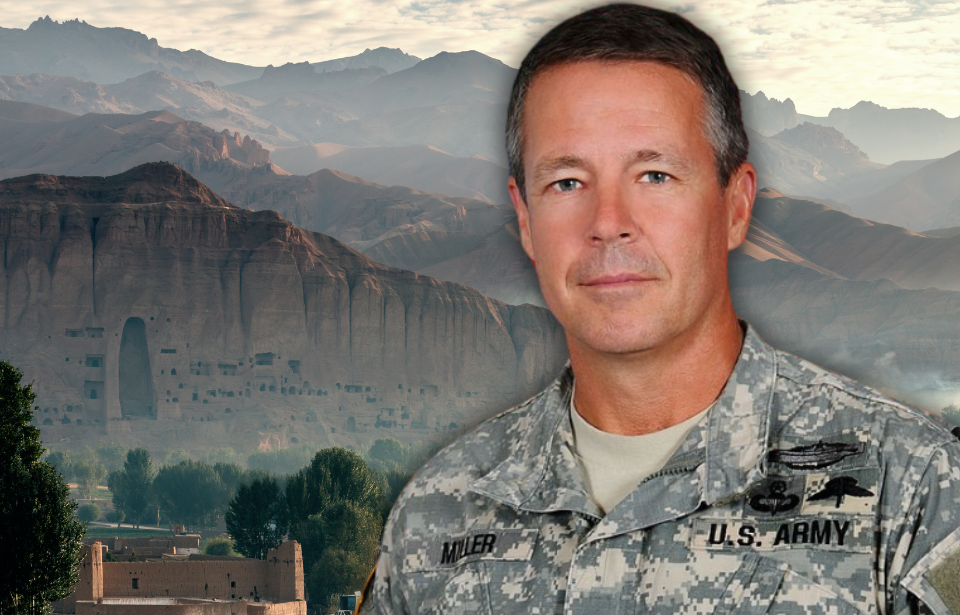General Austin Miller was born to lead
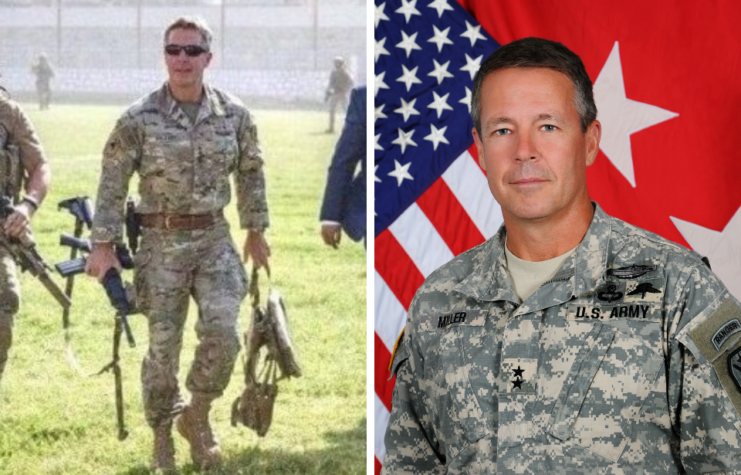
Austin Miller was born in Honolulu, Hawaii, on May 15, 1961. After graduating from the US Military Academy at West Point in 1983, he was commissioned as a second lieutenant. Following his completion of the US Army Ranger School, he was assigned to the 3rd Battalion, 325th Infantry (Airborne), 82nd Airborne Division.
In 1986, Miller assumed the role of platoon leader with A Company, 2nd Ranger Battalion, 75th Ranger Regiment. After finishing the Infantry Officer Advanced Course in 1989, he served as a company commander in the 5th Battalion, 20th Infantry (Mechanized), 2nd Infantry Division, Eighth Army, deployed to South Korea.
In 1992, Miller was selected to join the 1st Special Forces Operational Detachment Delta (Delta Force), where he demonstrated exceptional leadership, progressing from squadron operations officer to unit commanding officer. Throughout this period, he participated in various operations, including missions in Somalia, Bosnia, Afghanistan and Iraq.
By 2007, Miller had attained the rank of colonel and held esteemed roles, such as director of the Interagency Task Force at US Special Operations Command, MacDill Air Force Base, Florida. Serving as the commanding general of the Combined Forces Special Operations Component Command in Afghanistan from 2013 to 2014, he oversaw special operations forces.
From 2016 to 2018, he commanded the Joint Special Operations Command.
Becoming US and NATO commander
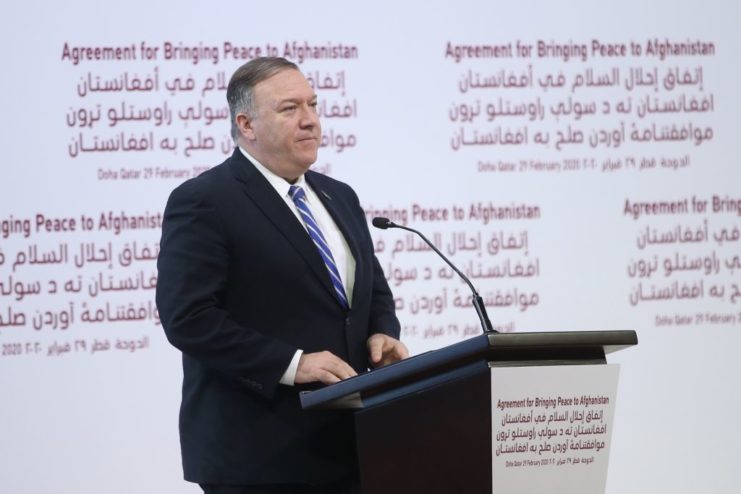
In February 2020, the United States and the Taliban reached an agreement to withdraw 13,000 American troops from Afghanistan by May 1, 2021, on the condition that the Taliban would take action against Al-Qaeda and other terrorist groups. In return, the U.S. agreed to release 5,000 Taliban prisoners.
Even with ongoing Taliban attacks on Afghan government forces and their continued ties to Al-Qaeda, the withdrawal moved forward as planned.
In 2018, Austin Miller took command of U.S. Forces – Afghanistan and NATO’s Resolute Support Mission, succeeding Gen. John W. Nicholson Jr. Upon taking command, Miller stressed the mission’s global significance, stating, “The world recognizes we cannot fail.”
Shortly after stepping into his role, Miller was at the governor’s compound in southern Kandahar when a Taliban gunman carried out an attack targeting provincial police chief Abdul Raziq. Brig. Gen. Jeffrey Smiley was among those wounded in the assault.
Miller immediately ensured that medical assistance was provided and personally accompanied the wounded during their evacuation.
History of America’s longest war
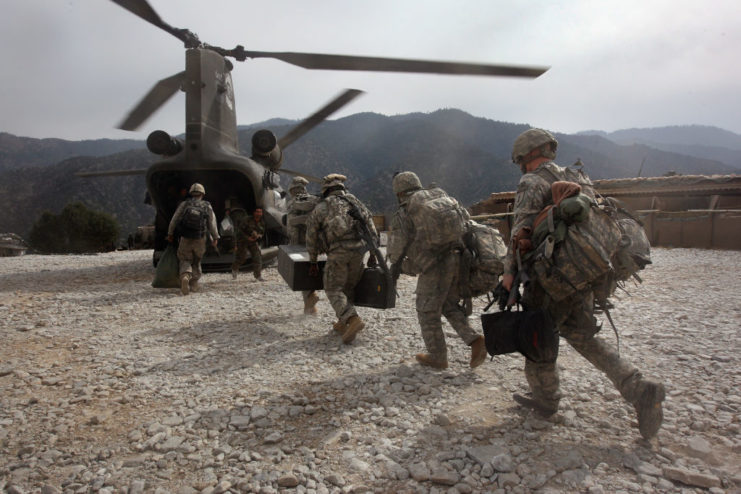
General Austin Miller held the line
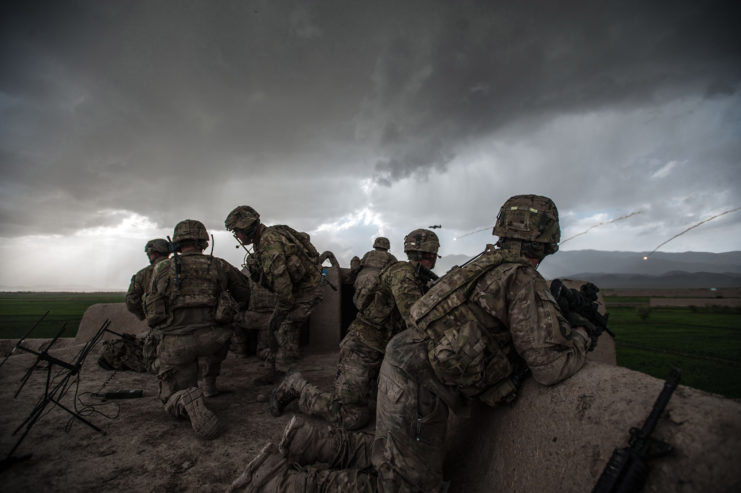
The first decade of the war was incredibly costly. Some 1,800 US troops died and $444 billion was spent on the war effort. By 2018, President Donald Trump outlined a new policy that would ultimately lead to an escalation between Taliban and American forces.
When the Trump Administration excluded Kabul from peace talks with the Taliban in late 2018, Austin Miller was put in a difficult position, which Jason Campbell, a policy researcher at Rand Corporation, said put the commander “in react mode very early on in his time in command.” He added, “Everyone was operating under some level of uncertainty as to what the White House was going to decide or state publicly next.”
After on-and-off peace talks between the US and Taliban, Trump announced the withdrawal of American troops from Afghanistan in 2020. Behind the scenes, Miller was working to convince the president not to pull out all troops, urging him to be “more patient and careful.” Miller was known for being an expert negotiator, bringing a “calm diplomatic demeanor” to the table while still remaining a strong presence in front of Taliban officials.
“He consistently pressed the Taliban to reduce violence and made clear to them that the US would continue to defend Afghan security forces if necessary,” an unnamed US official said. The official added that Miller “called it like it was when it came to levels of violence, going toe-to-toe with the Taliban in a way that we weren’t seeing from other US diplomatic officials.”
Under Miller’s command, the goings on behind US military doors became increasingly harder to discern. Journalists had more restricted access to NATO troops, officers and locations due to Miller’s heavy restrictions. Unlike his predecessor, he didn’t use the official NATO commander Twitter account, and also stopped publishing monthly statistics on airstrikes in Afghanistan.
General Austin Miller oversaw the complicated withdrawal
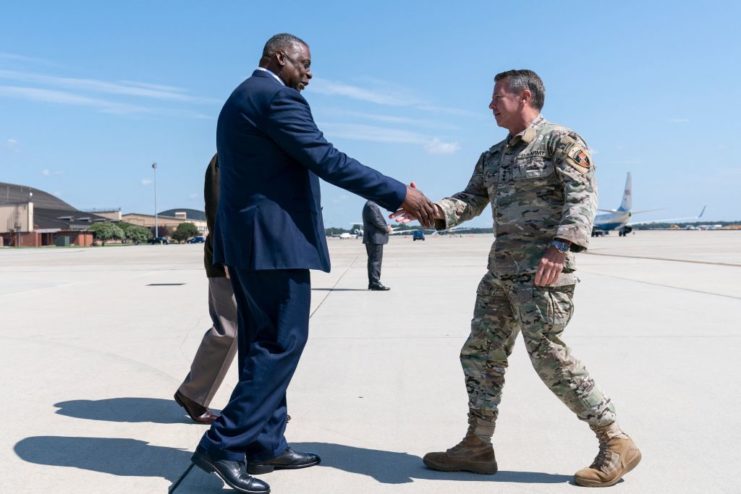
The withdrawal was fraught with immense challenges. Kabul fell to the Taliban with startling speed, triggering the rapid collapse of the Afghan government. Amid the chaotic evacuation, an attack at a checkpoint near Kabul International Airport claimed the lives of 13 U.S. service members—all Marines—and killed approximately 170 Afghan civilians. The attack was carried out by the Islamic State’s Khorasan affiliate (ISIS-K), adding to the turmoil and heartbreak of the operation.
As U.S. and allied forces worked to evacuate personnel, thousands of Afghan citizens—fearing life under renewed Taliban rule—desperately tried to flee aboard departing aircraft. The scene at the airport became a symbol of both hope and despair, highlighting the human cost and complexity of ending a decades-long war.
More from us: Downing of Extortion 17: The Single Deadliest Incident of the US War in Afghanistan
On July 12, 2021, General Austin Miller formally brought his command to a close by folding the flag of the Operation Resolute Support Mission—a symbolic act marking the end of his two-and-a-half-year leadership in Afghanistan. Just weeks later, the United States completed its full withdrawal, bringing an official end to its 20-year involvement in the conflict.
At a modest farewell ceremony, Miller offered a heartfelt message: “The people of Afghanistan will be in my heart, and on my mind, for the rest of my life.” His words reflected the deep connection he had formed with the country and underscored the emotional weight of the mission’s conclusion.
